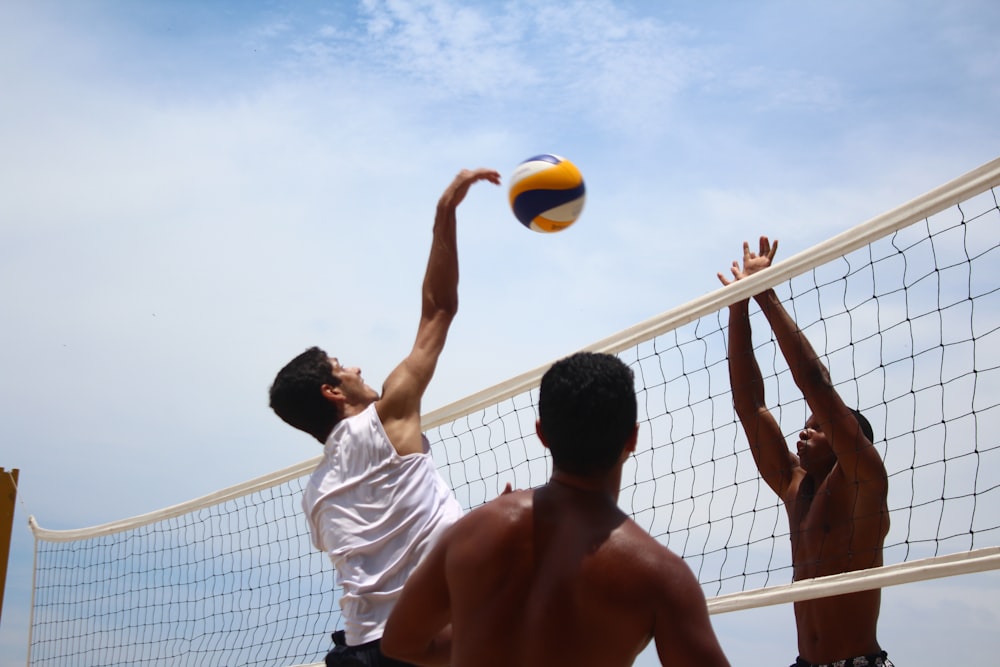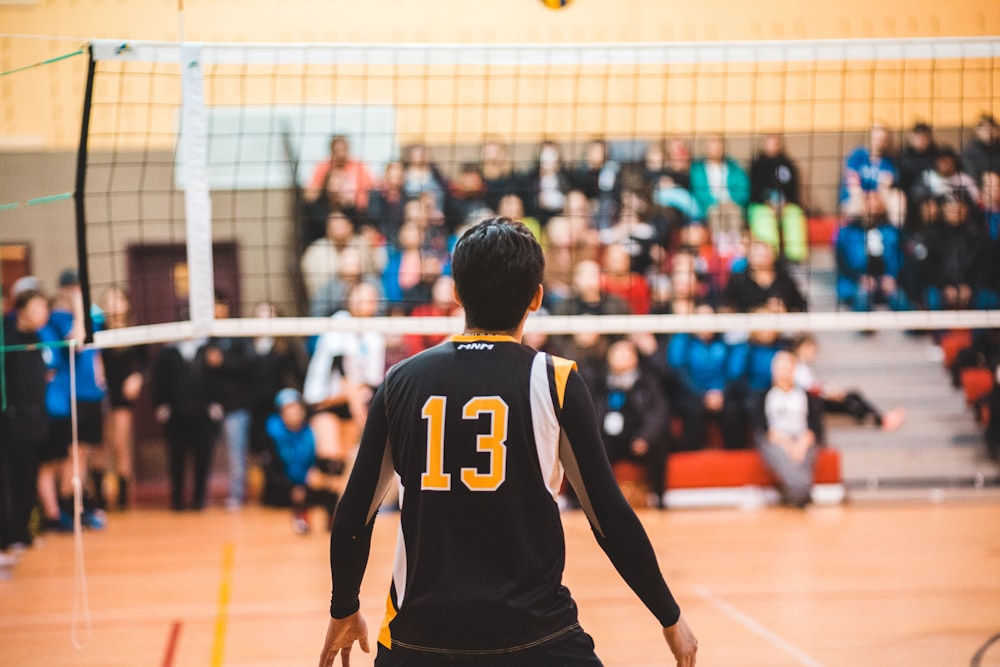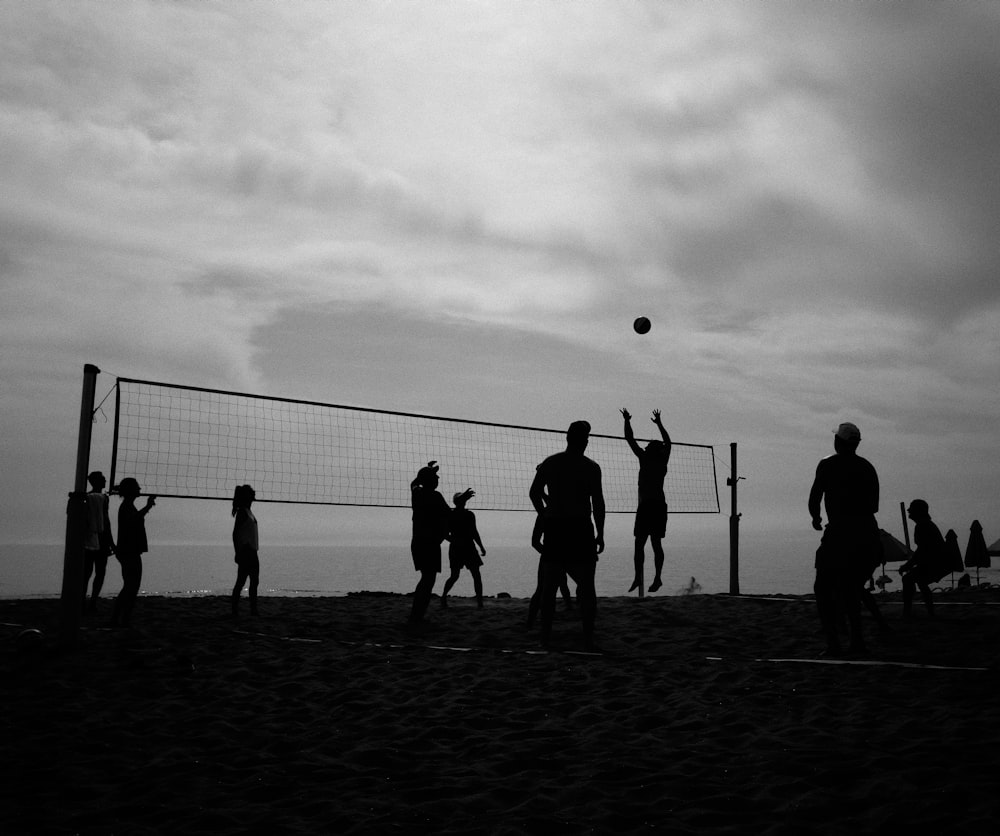Master the Art of Blocking in Volleyball With these Tips
One of the least taught but most crucial volleyball abilities is blocking. It reduces the amount of court that the back defense needs to cover and serves as the first line of defense against attacks from the opposing team. A few simple steps will help you master as a volleyball blocker.
Be ready at all times: master the block
Image via Unsplash.com
One of the most crucial elements of blocking is timing; a split second can mean the difference between stopping an opponent’s attack and entirely missing the ball. You will be able to move more effectively when attempting a block if you are in the ready posture.
Proper standing posture
Maintaining the right space between your feet can help with your footwork, another crucial component of blocking. You will be able to jump straight up more rapidly if your shoulders and hips are square to the net.
Knees bent: master the block
Image via Unsplash.com
The ready position requires that your knees remain bent. Instead of lowering yourself before jumping up for the block, maintain your knees bent so that you are ready to launch right away. Avoid becoming complacent and waiting to block when standing straight up.
Keep your arms high
Keep your arms raised, shoulder-height at the elbows. Additionally, it cuts down on the time it takes to raise your arms for the block. If they start out by your sides, they will have to travel a lot further to reach a high altitude.
Palm facing the net: master the block
This positions them at the ideal angle for blocking and, by cutting down on the amount of time it takes to get your hands ready, makes you a speedier blocker.
Proper timing: master the block
Image via Unsplash.com
Before the ball reaches the setter, keep an eye on it. Then, keep an eye on the setter. following the setter’s lead, the hitter is then observed. You may prepare the finest block by paying attention to the complete sequence rather than just the hitter or the ball.
Keep an eye on the setter for several hints. The setter’s options for the set may be limited if the pass is made at a specific angle or position. To determine where the setter intends to place the ball, you can also look at how the setter is looking or how his or her shoulders are positioned.
After the set, keep an eye on the ball to plan your block. After the set, if the ball is far from the net, the hitter will likely be unable to hit straight down and will need more time to position himself. To block the shot, you’ll need to slightly delay your jump and reach up high. You should obtain the most penetration on your block attempt if the set is close to the net. You will need to jump for the block faster if the set is very low because they will hit the ball more quickly.
Communicating with teammates
To facilitate blocking communication, most teams will name one member as the blocking captain (often the middle blocker). They will work with the other blockers to plan the most effective blocking approach.
Watching the hitters and the setter is crucial since they are the ones to whom your defense will need to respond while attempting to block.
Before the serve, the blockers can support your team’s defense by calling out the location of the setter and the names of the hitters.
Proper footwork: master the block
Image via Unsplash.com
To make the block, you must move swiftly on your feet to position your body in front of the hitter’s hitting shoulder. The sidestep and the crossover step are two footwork patterns that can be used to rapidly go into the right posture.
When the hitter is within three to five feet (0.91 to 1.5 meter) of you, you should sidestep. move forward with the foot closest to the hitter, then move backward with the opposite foot until your feet are once more shoulder-width apart. As you sidestep, keep your hips and shoulders parallel to the net. Use the crossover step instead of taking more than two steps to get to the hitter.
Jumping up straight
To attempt a block, position yourself directly in front of the hitter’s shoulder and jump up. Prior to jumping, check your balance, then jump as soon as the hitter makes contact with the ball.
Angle your hands inwards: master the block
Image via Unsplash.com
While blocking, your hands should be angled inward and close together (with around 4-6 inches or 10-15 cm between them). This will decrease the likelihood of a deflection away from your other defenders and direct the block back down into the opposing team’s court. The ball won’t enter between your hands if you keep them together.
The ball can bounce off of your hands in a variety of ways if they form a flat surface, so avoid doing that.
Angle your outside arm and hand inwards if you are close to the court’s edge so that if you deflect a shot, it will land inside the court rather than outside the lines.
Keep your fingers wide
Spreading them out increases the surface area that the ball can touch and makes your fingers slightly softer to prevent significant deflections. Your other defenders can have trouble reaching the ball if there are large deflections.
It will be impossible to direct the ball if your fingers are kept contracted, tight, and inflexible. Even when it is blocked, the ball frequently bounces outside the court. They should be firm and straight but not unduly rigid.
Positioning your arm over the net: master the block
Image via Unsplash.com
Straight arms should extend as far over the net as feasible. You will be nearer the ball if you do this. Although using this approach results in a slight loss of height, reaching the opposing side of the court is more crucial than having more height. By doing this, the ball will ricochet back into the opposing team’s court as opposed to going another route.
Make cautious not to forward-thrust your hips while doing this. Instead, your upper body should be arched forward, pulling towards the hitter while your abs are taut.










